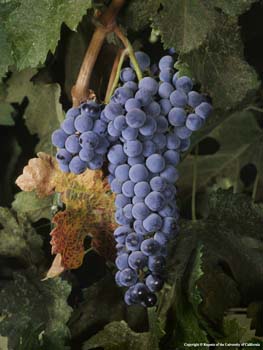photo courtesy of Sherry Page
Enjoy this easy to make and delicious recipe for Sungold Tomato and Bread Salad from Sherry Page of Culinary Getaways. Summer on a plate!
Sherry: “This is one of my favorite summer salad recipes. It combines sweet orange Sungold tomatoes and basil with spicy arugula. The sweet, tart and peppery flavors in this salad pair beautifully with a crisp, zesty Sauvignon Blanc. With it’s citrus and ripe stone fruit notes, Round Pond 2010 is one of my favorites!”
PAIRING TIP: when you pair high-acid dishes, such as tomatoes, tomato sauce and acid-based salad dressings the wine should be at least as high in acid as the dish or the wine will taste flat.
About Sherry:
My good friend, Sherry Page, has been cooking since age five and has vivid memories of standing on a big, heavy chair at her Grandma’s stove, stirring away!
She’s, since, deepened and polished the cooking skills she gained as a child by taking cooking classes all over the world, including Raymond Blanc’s Le Manoir aux Quat’ Saisons near Oxford, Le Cordon Bleu in London, and culinary weeks with Patricia Wells in both Paris and Provence. She has also taken classes in Japan and Italy and has completed a number of professional wine classes at the Culinary Institute of America in St. Helena, Napa Valley.
Her day job? She’s the owner and very gracious host of Culinary Getaways, a travel company that focuses on introducing her guests to the riches of the Napa Valley, Paris, Provence and Tuscany through unique, carefully-crafted, food and wine experiences.
I had the pleasure of going on her Provence getaway a few years ago, so I can attest, first hand, that she’s the hostess with the mostest! She makes it a point to know the special secrets that each region has to offer and the getaway is filled with exquisite tastings, intimate meals, really fun cooking classes and lots of laughter.
Sherry has generously agreed to share a special recipe and wine pairing with us from time to time. Enjoy, and bon appétit! Learn more about Sherry
For a free, email subscription go to home page, right column






